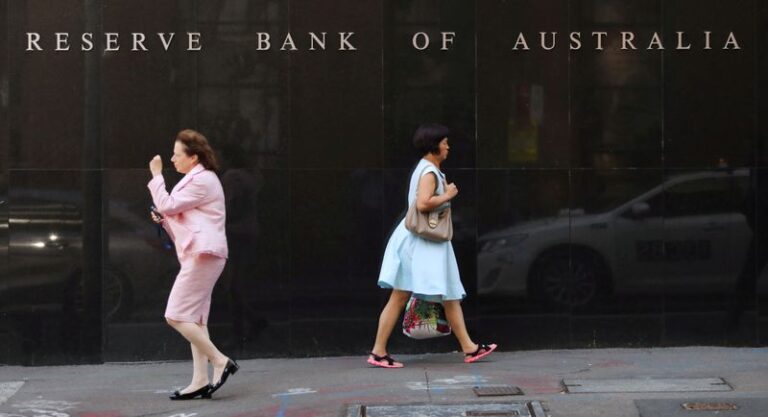
SYDNEY, (Reuters) – Australia’s central bank said on Tuesday its pandemic stimulus programme to keep short-term bond yields low was successful for much of its life but the exit was disorderly and caused the bank some “reputational damage.”
In a review of its yield target, the Reserve Bank of Australia (RBA) said it was unlikely to use any yield target again, preferring to just purchase bonds in set amounts across maturities.In particular, it was now clear the 21-month month experiment with the yield target should have ended earlier and any new programme would be shorter.
“The target was met for the bulk of the period, but the exit in late 2021 was disorderly and associated with bond market volatility and some dislocation in the market,” the RBA said. “This experience caused some reputational damage to the Bank.”
The programme began in March 2020 as part of a massive pandemic stimulus package. It was initially aimed at keeping yields on three-year Australian government bonds around 0.25%, though it was lowered to 0.1% later that year.For most of its life, the plan worked to keep yields and market interest rates lower than they would otherwise have been and to put downward pressure on the local dollar.
However, in late 2021 yields began to rise as the market began to price in the risk of an earlier-than-expected increase in the cash rate.
The RBA initially bought bonds to defend the target but in late October stepped away from the market, sending yields surging and triggering heavy losses in bond futures.”The ending of the yield target was challenging for a number of financial market participants, including those that expected the target to be retained,” the RBA said.
“Additionally, Bank purchases to defend the yield target have come at a financial cost given the subsequent rise in yields.”
As a result, the RBA’s decision-making Board had agreed to strengthen the way it considers the full range of scenarios when making policy decisions, especially where they involve unconventional policy measures, the review said.






